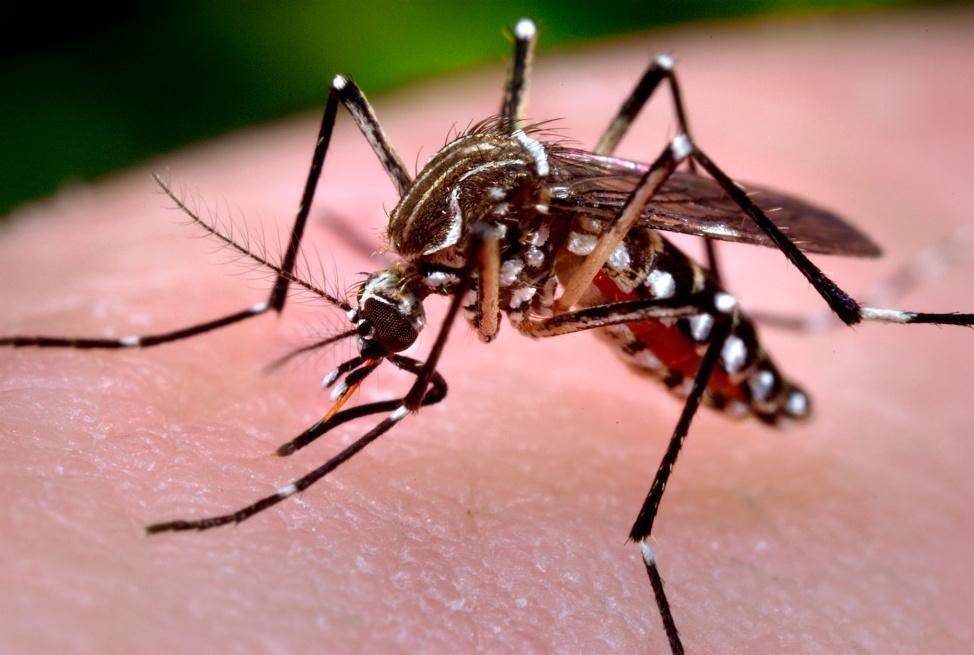Press Release
The Southeast Utah Health Department (SEUHD) is aware that the Moab Mosquito Abatement District has recently trapped Aedes aegypti mosquitoes. This species of mosquito is new to Grand County and the surrounding area, but not new to the United States. A detailed map of the estimated range of this type of mosquito can be found at https://www.cdc.gov/zika/pdfs/Zika-mosquito-maps.pdf. Aedes aegypti can be a vector for various viral diseases, including yellow fever, Zika virus, chikingunya and dengue. For the disease to be transmitted, a mosquito must bite an infected person, ingest the virus and then bite another person.
At this time, there is no indication that any of these diseases are present in the local population. Nevertheless, SEUHD will work with all of the local health care providers and community partners to properly plan for and recognize these diseases should they be introduced into our community at some point in the future. Additionally, the Utah Department of Health will help assist with surveillance efforts and provide disease prevention expertise.
The Aedes aegypti mosquito flies and bites during the day and night, which is different from the mosquito that transmits West Nile virus, which primarily bites during dawn and dusk hours. The best way to prevent disease is to prevent mosquito bites. This can be accomplished by covering the skin and by wearing a repellent that contains one of the following: DEET, Picaridin (known as KBR 3023 and icaridin outside the US), IR3535, oil of lemon eucalyptus (OLE), Para-menthane-diol (PMD), 2-undecanone.

